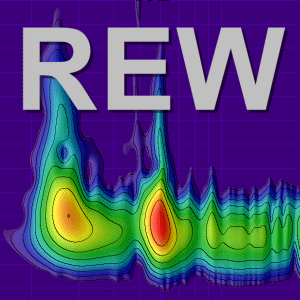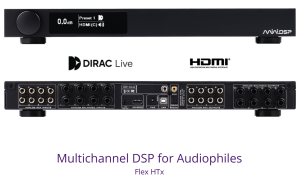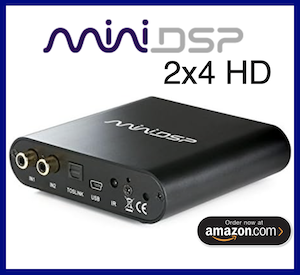I'm using a UMIK1 USB microphone for input and an external DAC for output. I want to measure two drivers in a box (2x12" MID and 1x 90x40 degrees horn HI) and want to measure the delay beween the two drivers coming from their mounting distance (both on one baffle but the horn is deeper then the cone of the 12"). Am I right that I have to set "use acoustic timing reference" because I cannot use loopback as reference, then I set the output channel to "left" and connect the HI channel to left and MID channel to right? The sweep will then be supplied at left channel (HI) and the acoustic reference signal at right channel (MID), correct? So the mid channel will be my reference speaker if I understand correctly? Where can I see then the delay between HI and MID based resulting on that measurement?
I'm new to using REW so I'm not sure to having understood correctly the process of measuring delays with it :-)
Martin
One more thing, I should say that the microphone is directed to the center of the box for all measurements (spl, phase, delay) and will not be moved
I'm new to using REW so I'm not sure to having understood correctly the process of measuring delays with it :-)
Martin
One more thing, I should say that the microphone is directed to the center of the box for all measurements (spl, phase, delay) and will not be moved















